Debunking Myths: Electric Cars and Their Future
Debunking Myths: Electric Cars and Their Future
In the realm of automotive transportation, the rise of electric vehicles (EVs) has stirred a revolution, promising superior efficiency, reduced emissions, and a future uncoupled from fossil fuels. As pioneers like Tesla challenge traditional automakers and dominate headlines, one could be forgiven for believing an all-electric future is imminent. Nevertheless, one has to delve in and question whether electric cars are truly the future or merely a passing trend. This exploration takes into account the evolution of electric cars, their apparent limitations, the profound economic implications, and the actual environmental impact of adopting electric vehicles on a large scale.
1. Current Status and Evolution of Electric Cars
Current Status of Electric Cars
Electric cars, also referred to as electric vehicles (EVs), have gained considerable attention and popularity over the last decade due to their perceived contributions towards lowering greenhouse gas emissions. The leading manufacturer of EVs worldwide is Tesla, Inc., founded by entrepreneur Elon Musk. The Tesla Model 3, in particular, has sold millions of units globally and continues to garner attention for its range, acceleration, and autonomous driving capabilities. Other well-known car manufacturers such as Nissan with its Leaf model, Chevrolet’s Bolt, and BMW’s i3 have also staked their claim in the EV market. These advancements in EV technology have been driven by improvements in battery technology, increased government incentives, and growing consumer awareness about climate change.
Key Challenges to the Widespread Adoption of Electric Cars
Despite the technological advancements and growing popularity, electric cars face significant challenges that question their viability as the future of transportation.
One of the most considerable challenges is the current lack of infrastructure to support electric vehicles. Charging stations are much less common than traditional gas stations around the world. This issue, known popularly as ‘range anxiety’, deters potential buyers from purchasing electric cars due to fears of being stranded without a charging station nearby. The time it takes to charge an EV, even at a fast-charging station, pales in comparison to refueling a gasoline-powered car, adding another layer to this concern.
Production challenges also exist. The manufacture of EVs is subject to a long supply chain that depends heavily on global geopolitics. The metals needed for the production of EV batteries, such as lithium and cobalt, are abundant in only a few countries. This could be a potential hindrance to the widespread production of EVs.
The Economic Implication of Electric Vehicles
Electric cars are typically higher in cost than their gasoline counterparts. The battery system is the most expensive part of an EV, contributing to the high upfront cost that can deter potential buyers. Despite some countries offering subsidies and incentives for EV purchases, these are often not enough to offset the initial expense, especially for lower-income households.
There’s also the question of the economic sustainability of the current EV support structure. The subsidies and tax credits currently incentivizing electric vehicle sales are funded by taxpayer money. However, this wouldn’t be a sustainable model once EVs become more mainstream, thus causing a potential economic strain.
Environmental Concerns with Electric Cars
While electric cars emit fewer greenhouse gases during operation than traditional internal combustion engine cars, they are not entirely ‘green’. The process of manufacturing EVs, particularly the making of their batteries, results in a larger carbon footprint than that of making conventional cars. There are also environmental concerns surrounding the disposal of used EV batteries and the effects of mining the raw materials for these batteries, which include deforestation, water pollution, and soil erosion.
The Incomplete Solution of Electric Cars
Although electric vehicles (EVs) currently highlight signs of reducing greenhouse gas emissions, they fall short in practicality due to the formidable hurdles in infrastructure development, production, economic viability, and overall environmental impact. What’s more, these issues underline that EVs might not solely deliver the long-term answer for sustainable transportation. As a way forward, it’s essential that progress is balanced – continued advancements in EV technology should occur parallel to improvements in other eco-friendly alternatives like hydrogen fuel cell vehicles or sustainable biofuels.

2. The Limitations of Electric Cars
The Burden of High Costs
More often than not, electric cars bear a more substantial expense compared to their gasoline-fueled equivalents, which can deter many prospective consumers. The battery packs, an integral aspect of the electric car design, significantly contribute to these high costs. Although the prices have seen a moderate dip over time, they continue to account for a substantial portion of the vehicle’s total cost. While federal and state rebates can help mitigate this issue, the reality is that they may not always be available or substantial enough to make a meaningful difference.
Charging Infrastructure and Time Issues
A significant hindrance to electric car adoption is the dearth of charging infrastructure, particularly in rural and remote regions. For EVs to grow in popularity, an extensive network of charging stations is necessary. Unlike traditional cars, which can refuel quickly at ubiquitous gas stations, electric vehicles require charging stations that are still few and far between in many regions. Furthermore, charging an EV is time-consuming. It can take anywhere from 30 minutes at a fast-charging station to more than 10 hours at home using a standard outlet.
Limited Driving Range
Range anxiety, or the fear of running out of battery power before reaching your destination or a charging station, remains a significant concern for prospective EV buyers. Although battery technology continues to improve, many EVs still have a limited range compared to traditional gas-powered vehicles. This, coupled with the insufficient number of charging stations in many parts of the world, can make long-distance travel in an electric car stressful and inconvenient.
Problems with Battery Disposal and Recycling
While electric cars are undeniably more environmentally friendly when it comes to emissions, the issue of battery disposal is a significant environmental concern. EV batteries are made of heavy metals and other hazardous materials, and there is currently no effective and scalable method to recycle them. Consequently, worn-out batteries usually end up in landfills, which can cause environmental damage over time.
Availability of Rare Earth Elements
The production of electric vehicles also depends on the availability of rare earth elements such as lithium, cobalt, and nickel, used in batteries and motors. These elements are not only finite resources, but their extraction also poses severe environmental and human rights concerns.
Unresolved Grid Capacity Issues
Electrical grids may not be currently equipped to handle the additional load that would come with a significant increase in electric vehicles. A sudden surge in demand could potentially cause power outages. Moreover, the need to upgrade electrical grids to accommodate an influx of electric vehicles could be costly and time-consuming.
Long-term Durability and Maintenance: An Unpredictable Endeavor
As electric vehicles continue to carve their niche in the market, the assessment of their long-term durability and maintenance is still in its early stages. Unlike their gasoline-powered counterparts, which have a well-documented history of repair requirements and costs, electric vehicles represent an unpredictable endeavor with regard to future maintenance.
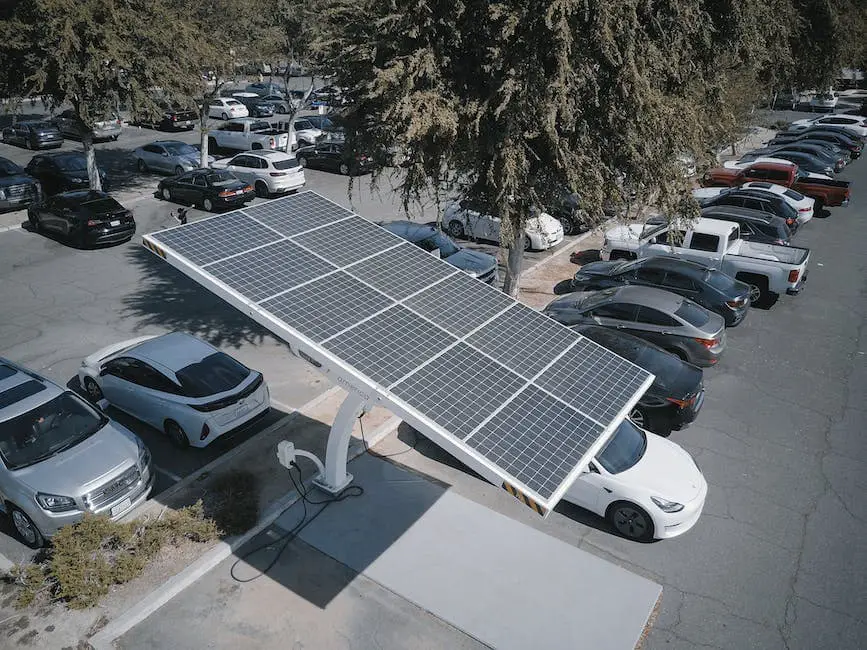
3. Economic Implications of Electric Vehicles
Job Displacement: A Harsh Reality of Transitioning Industries
Switching gears to electric vehicles disrupts not only the industry but also labour markets associated with traditional auto manufacturing. Firms creating gasoline-fueled vehicles potentially face restructuring or even downsizing, a grim prospect that foreshadows job loss.
Consider, for example, the fact that electric engines require less labour to produce than combustion ones. Jobs related to the production and maintenance of combustion engines – such as engine and transmission manufacturing, fueling, and exhaust repairs – are at risk of severe reduction. The U.S. Center for Automotive Research projects that the declining need for engine and transmission plants alone could result in a loss of over 23,000 jobs. This suggests a future employment landscape fraught with uncertainty, particularly for those in traditional automotive manufacturing states.
Impact on Oil-based Economies
The widespread adoption of electric vehicles could also have profound impacts on oil-based economies. Presently, transport accounts for around 55% of oil consumption globally. A significant shift away from oil, therefore, confronts key oil-producing countries like the United States, Russia, and Saudi Arabia with substantial revenue losses.
According to a Beryllium report, if electric vehicle sales hit 30% of the global total by 2030, income from oil exports could fall by up to 65% in oil-producing countries. This drop in demand may lead to decreased oil prices, further reducing oil revenues and potentially destabilizing economies heavily reliant on oil exports.
Consumer Financial Considerations
Purchasing an electric vehicle involves higher upfront costs, mainly driven by the price of the battery systems. Though there are projections for these costs to reduce over time with technological advancements, it still remains a significant barrier to the widespread adoption of electric vehicles.
Furthermore, concerns about the lifespan and replacement costs of electric vehicle batteries affect the depreciation value of these automobiles. Current estimates suggest the lifespan of an electric vehicle battery to be around 10-15 years. After this point, there may be need for costly replacements. The battery’s health is a major factor influencing the resale value of used electric cars, and potential buyers might be wary of purchasing an electric vehicle due to these potential hidden costs.
Maintenance costs of electric vehicles can actually be lower due to fewer moving parts, but specialist servicing can be more expensive due to the lack of widespread knowledge and skills in this area.
Critical Challenges in Charging Infrastructure
The advancement of electric vehicles must face the considerable challenge that is the absence of extensive charging infrastructure. The availability of charging stations in many regions remains scarce, complicating long-distance journeys and everyday city commuting. The integration of charging stations will place substantial modification demands on fleet operators and homeowners alike. Addressing these notable financial obstacles is essential if electric vehicles are to become a viable transportation solution for the future.
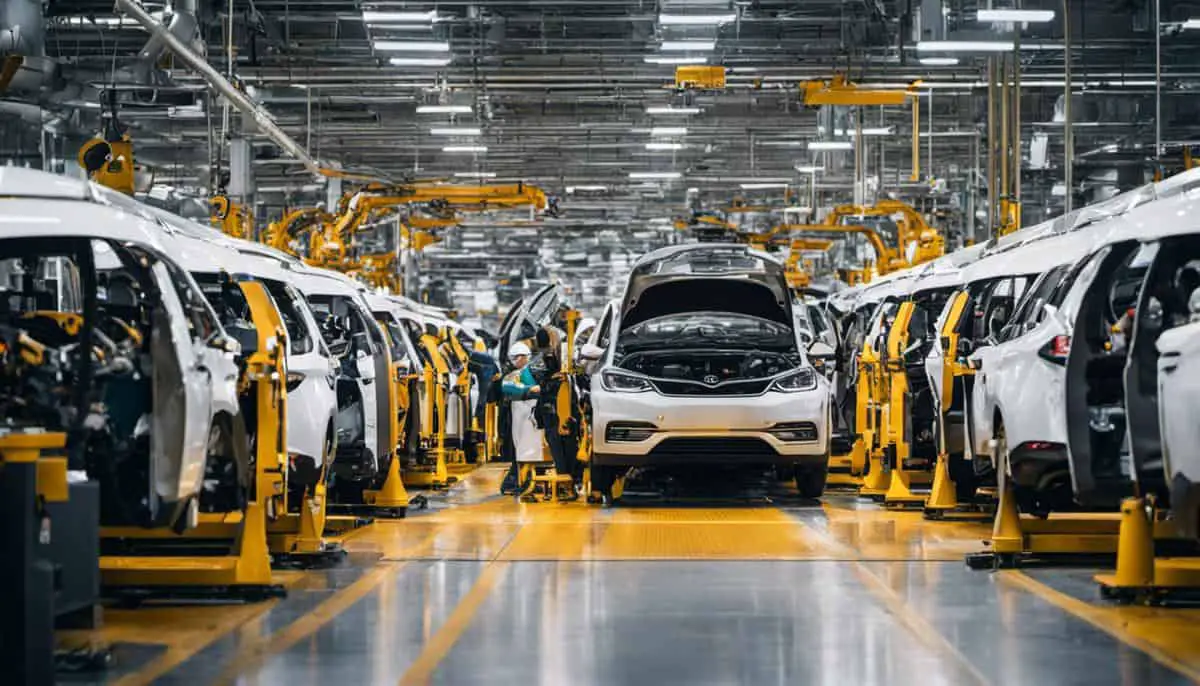
4. Environmental Impact of Electric Cars
The Environmental Footprint of Electric Vehicle Manufacturing
While electric vehicles are widely presented as the solution to significantly minimizing transportation-related greenhouse gas emissions, a comprehensive analysis of the production process unveils a more nuanced situation.
The fact is, building an electric vehicle doesn’t equate to zero emissions. The manufacturing phase of electric vehicle batteries is associated with high carbon emissions, particularly due to the extraction of raw materials such as lithium, cobalt, and nickel. Research conducted by the Journal of Industrial Ecology reveals that the carbon footprint during the production stage of electric vehicles could be double that of traditional vehicles.
Energy Source Matters
Electric vehicles use clean energy, but the source of electricity used to charge these vehicles plays a crucial role in determining their environmental impact. For instance, if the power used to charge electric vehicles comes from coal-based power plants, the benefits of switching to electric may be nullified.
Our current energy infrastructure is still largely dependent on fossil fuels. As of 2020, about 60% of U.S. electricity came from fossil fuels, mostly natural gas and coal. As long as electric cars are fueled with electricity generated from non-renewable sources, they will carry some level of associated pollution and carbon emissions.
Battery Disposal and Recycling
Another significant environmental concern related to electric vehicles is the disposal and recycling of used batteries. According to the U.S. Environmental Protection Agency, Lithium-ion batteries could pose a potential environmental risk if not properly disposed of at the end of life.
While recycling technologies for electric car batteries are improving, they are not yet widespread, and the process is expensive and energy-intensive. Currently, less than half of all spent lithium-ion batteries are recycled. This leaves a considerable amount of batteries, which contain toxic and valuable materials, ending up in landfills or incinerators, contributing to soil, water, and air pollution.
Carbon Output Depends On Numerous Factors
Despite the less amount of carbon dioxide that electric vehicles (EVs) emit over their lifespan, compared to their traditional counterparts, this positive environmental impact relies heavily on multiple variables. Factors such as the efficiency of the vehicle, emissions created during electricity production, miles driven, and the vehicle’s lifespan all play a role. Hence, the blanket statement that electric cars are always an eco-friendlier choice is a gross oversimplification.
In areas where fossil fuels are still mainly used for electricity, the environmental gains that EVs are known for may actually fall flat. The volume of emissions produced in the process of electricity generation could, in reality, balance out the environmental benefits realized by switching to electric engines from internal combustion ones.
Unless we make a massive shift towards a sustainable energy system and properly address the environmental issues related to battery disposal and recycling, electric cars might not be the absolute solution for climate change some people believe them to be.
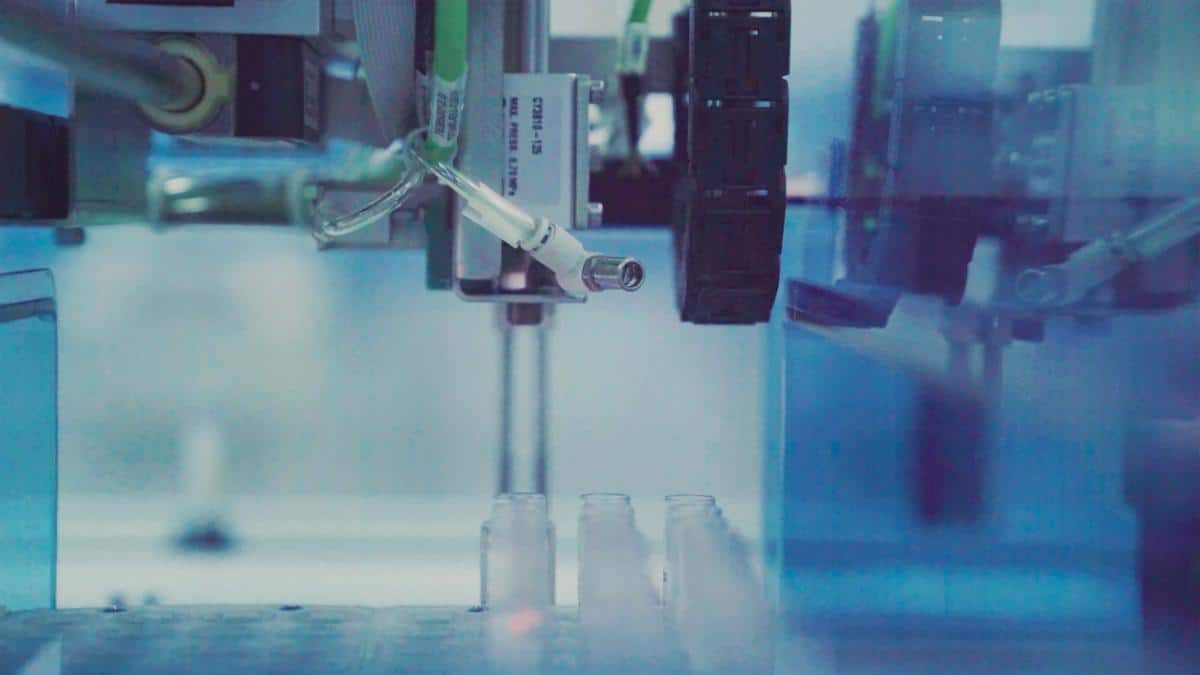
Photo by testalizeme on Unsplash
5. Trend Analysis and Forecasts
Market Trends and Electric Mobility
As we progress through time, market dynamics for EVs appear to be improving, thanks mainly to an increased level of environmental consciousness among consumers. This has led to a changing preference towards greener means of transportation. Adding to this, many countries across the globe—Europe and China, in particular—are enforcing stricter emission norms, coaxing automobile manufacturers into ramping up their EV production. That said, while we are certainly witnessing a shift towards a future dominated by EVs, there are also numerous trends that might potentially hamper this progression.
Inadequate Infrastructure for Electric Vehicles
One such factor is the inadequacy and uneven distribution of charging infrastructure. For an EV future to be fully realized, a vast network of charging stations is a prerequisite. This is because EVs, in comparison to conventional internal combustion engine vehicles, have limited range. This limitation can cause range anxiety, a phenomenon where potential EV customers worry about the vehicle running out of power before reaching a charging station. While some cities have sufficient charging infrastructure to support EV use, many rural and less developed areas still lack the necessary infrastructure, leading to a restricted reach and impact of electric vehicles.
Economic Implications and Policy Shifts
Another significant determinant is the economic implications of EVs. Despite the steady decrease in the price of batteries, which accounts for a large portion of EV costs, these vehicles are still more expensive than most traditional vehicles. As a result, without financial incentives or subsidies from governments, the mass adoption of electric cars might not be feasible.
Furthermore, we also need to consider the potential policy reversals. Many current projections are based on existing regulations and policies favoring EVs. However, there is always the risk that these policies may change, depending on the prevailing political climate.
Technological Advancements: Not Solely Favoring EVs
The development of technology can swing both ways. On one hand, advancements could lead to more efficient and cheaper batteries, reducing the overall price of EVs. On the other hand, improved technologies could also lead to cleaner and more fuel-efficient traditional vehicles or even the rise of alternative eco-friendly fuels, which could offset the demand for electric vehicles.
Unreliability of Forecasting Models
Lastly, forecasting models are notorious for their unreliability when predicting long-term trends, tooling the world for more pessimistic surprises than optimistic ones. With such incredible amounts of uncertainty, it is challenging to affirmatively declare that a future dominated by electric vehicles is inevitable.
In conclusion
While environmental awareness and sustainability are trends pointing towards an EV future, issues like infrastructure, economic implications, policy reversals, and the development of competing technologies pose significant obstacles. Combined with the inherent unreliability of forecasting models, it remains to be seen whether the future of transportation will be dominated by electric vehicles.
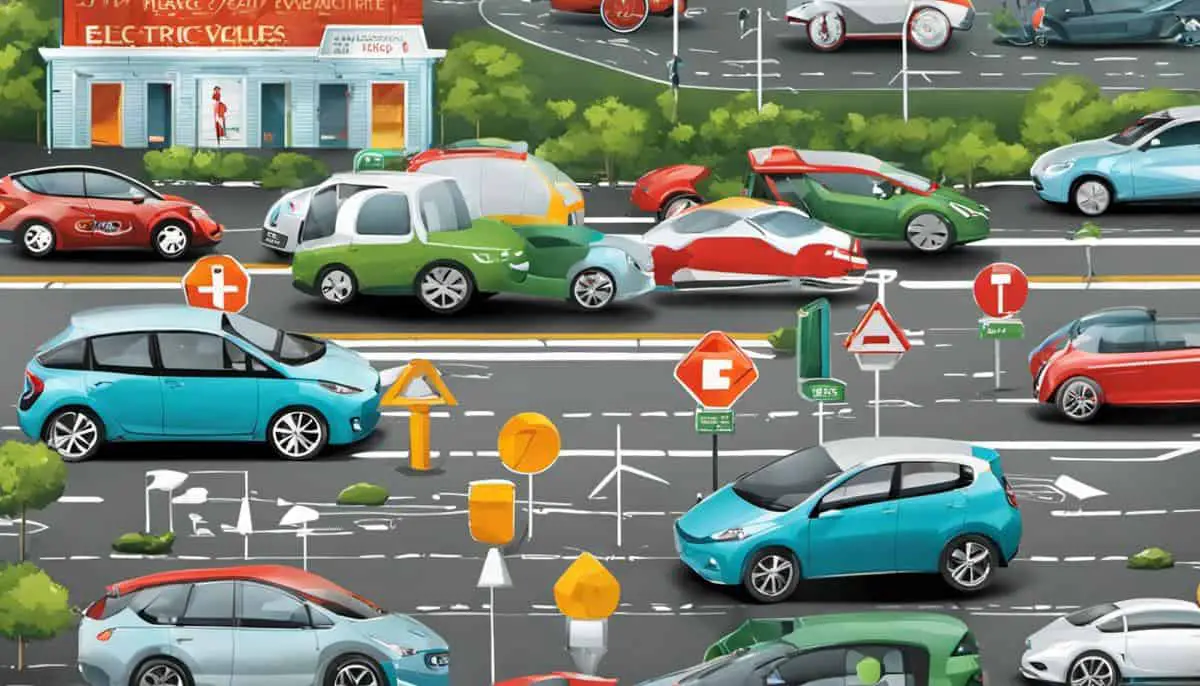
The shift towards electric cars represents a new frontier in transportation, bringing with it both challenges and opportunities. A more nuanced understanding is required as this is not a binary issue. While the adoption of electric cars is showing an upward trajectory and gaining momentum, significant hurdles and uncertainties lie ahead. The complexities concerning infrastructure, cost, economic consequences, and environmental impact cannot be overlooked. As such, the prospect of electric cars unequivocally dominating the future of transportation is yet far from certain. As we navigate this fascinating transition, a balanced perspective and informed decision-making will hold the key to a sustainable and effective mobility future.

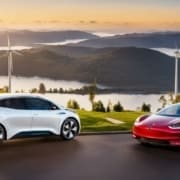



Excellent website. A lot of useful info here.
I’m sending it to a few buddies ans also sharing in delicious.
And of course, thank you for your effort!